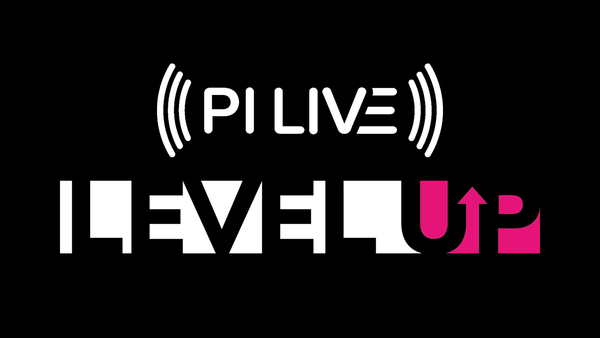These days, it’s hard to go a few hours without hearing something about attribution. And rightly so, as the conversation about proper attribution and how this will continue in the future is an important one to have.
The landscape is shifting, with the legacy ways of tracking performance coming to an end. How, as an industry, can we continue to correctly attribute sales? A new, refined strategy is needed, and probabilistic attribution may be able to assist marketers with exactly that.
Probabilistic attribution is a mobile attribution technique which is often used to recognise a mobile, laptop or browser device.
The death of deterministic methods
Apple’s Identifier for Advertisers (IDFA), Google’s Advertising Identifier (GAID) and cookies are what’s known as deterministic methods. These methods use a unique identifier which is associated with a particular device.
Obviously, we all know that an increasing number of users are opting out of tracking across the board, meaning there is an ever-growing amount of anonymous, ‘invisible’ users on the web.
As Nick Yang said in a piece we published in February this year, we are already witnessing the impact the existing restrictions around third party cookie tracking are having on traditional Multi Touch Attribution (MTA).
“All marketing platforms use cookies to record touchpoints and use that data to attribute conversion credit accordingly. So everyone is impacted.” - Nick Yang, Head of Media at 55
How does probabilistic attribution work?
It’s in the name – probabilistic methods work by basing attribution on probability. It relies on Machine Learning (ML) to identify conversions that will probably happen. Probabilistic methods work by collecting behavioural data and trying to match it with other records that already exist.
The technique is regarded as being much less accurate, so is usually only used when deterministic methods are not available. However, marketers may need to get used to using probabilistic attribution as we head into the cookieless future.
What is it used for?
Since deterministic device identifiers are usually only available in mobile app environments, one of the main ways that probabilistic attribution is currently used is in mobile web environments. This could be, for instance, in a web-based campaign targeting mobile devices. Probabilistic attribution can also be used for tracking email campaigns that users may open on a mobile device.
The ultimate goal of probabilistic attribution is to ensure that advertisers can still determine performance and ROI for their campaigns, despite the impending doom of deterministic identifiers.
It’s a good idea to get used to using probabilistic attribution, even if it’s just a test or a tiny part of your tracking for now, to ensure you don’t get left behind.









